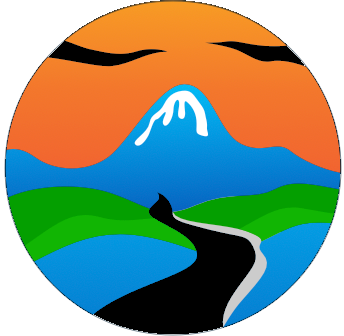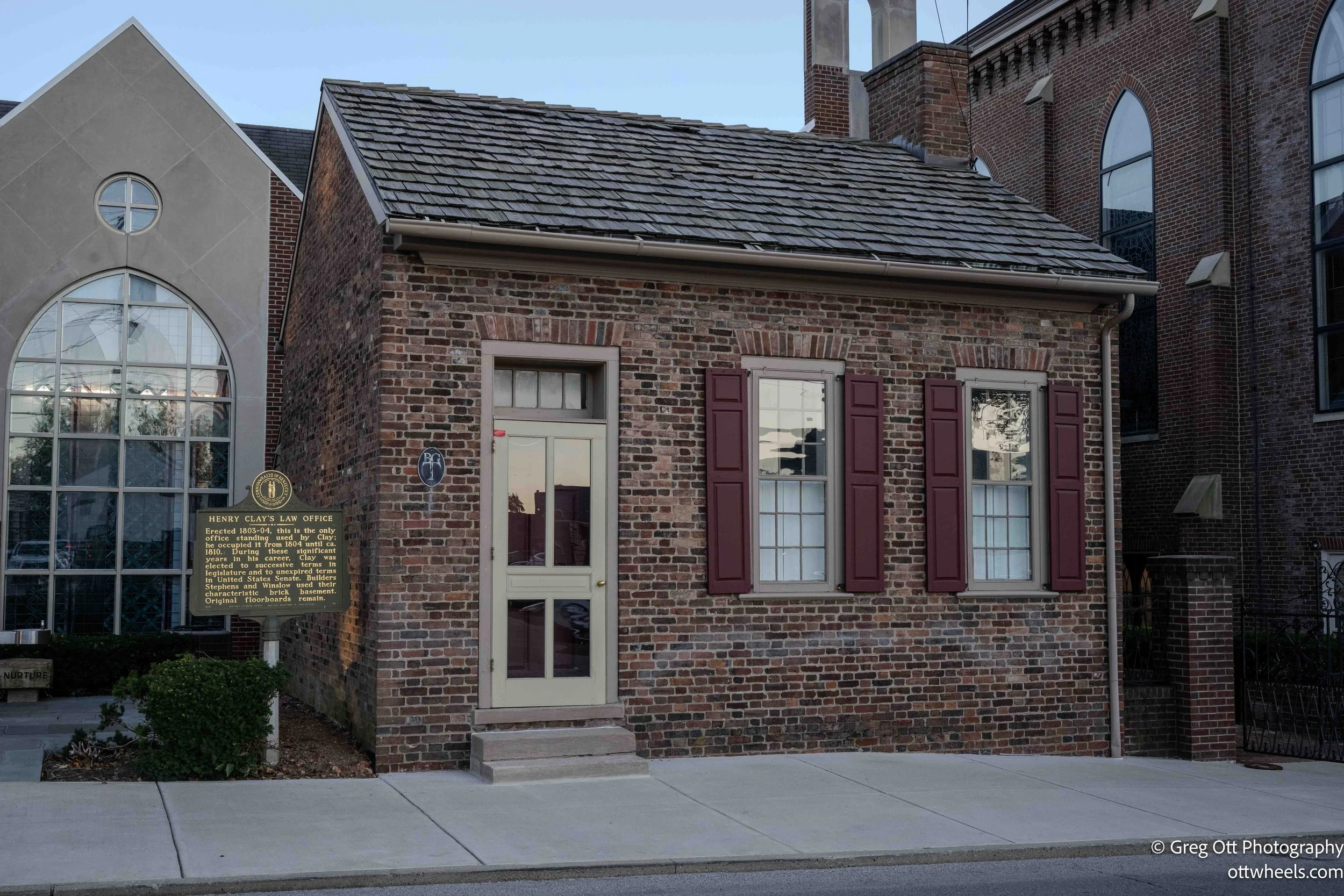Lexington, KY
Legacy Trail
I pulled into the YMCA parking lot in Lexington mid-morning. It was windy but clear, a good enough day for a ride, so I decided to take the Legacy Trail north. The path starts near the Y, weaving through the city before opening into the countryside. A few miles in, near a Starbucks and a big intersection, things got confusing. There weren’t any signs showing where the trail went. I crossed to the other side of the road and rode down what looked like the right direction, but it turned out the bike path was actually up on the sidewalk on the other side. I went about two miles too far before realizing I’d missed the turnoff. After checking my phone, I eventually found the trail again, this time away from traffic, winding through parks and open space.
Once I was on the right path, the ride was beautiful. The trail passes several plaques that tell the story of the region’s farms and industry. One described The Three Farms: Coldstream Stud Farm, McGrathiana Stud Farm—one of the founding thoroughbred farms of the Bluegrass—and Maine Chance Farm, once owned by cosmetics magnate Elizabeth Arden.
Another plaque covered the history of the Bluegrass region from 1700 through 2010, and one detailed how the University of Kentucky helped develop the modern use of asphalt. The trail itself winds through gentle hills, past horses, barns, and old stone buildings, eventually reaching what looks like a research branch of the university and then a city campground at the northern end. The fall air had that crisp edge, and there were plenty of cyclists, walkers, and joggers out enjoying it.
I was out for a few hours, and by the time I got back, the sun was higher and the wind had picked up. I packed the bike into the back of the van, and as I was shutting the door, I heard someone calling, “Sir, sir, sir.” A young guy walked over and said he’d been watching me load the bike—he thought the van setup was amazing. He and his girl friend had just moved to Lexington, and he was working with horses. They were curious about the idea of traveling and maybe living on the road for a few years. I gave them a quick tour and answered their questions. Afterward, I headed back into the YMCA for a long, warm shower—one of the perks of having a membership that’s covered through my health insurance.
Lexington Downtown
After the ride, I took a short nap in the van and made a quick snack before heading into downtown Lexington. I parked near Gratz Park and, surprisingly, found an easy spot right beside the public library. That doesn’t happen often downtown. The library had been on my list of buildings to photograph—it’s one of Lexington’s classic turn-of-the-century structures and part of the wave of Carnegie libraries built across the country. Andrew Carnegie donated $60,000 for its construction, a fortune at the time, and the building still carries that early 1900s sense of civic pride—solid limestone, arched windows, and a grand entrance meant to welcome everyone.
Henry Clay Law Office
I passed Henry Clay’s law office, a small brick building that feels almost hidden among the modern streets. It’s hard to believe that from this modest space, Clay began the career that would shape so much of 19th-century America. He argued cases here long before he became known as “The Great Compromiser,” negotiating national deals that held the Union together for decades.
I spent the next couple of hours walking the downtown streets, camera in hand, trying to capture the rhythm of Lexington as the day wound down. It was a warm fall evening—the kind that makes people linger a little longer outside. Couples walked hand in hand, stopping to read menus posted on brick walls or looking for the right bar to settle into. Patio lights glowed above the sidewalks, and the low hum of conversation carried through the air. The city felt relaxed, unhurried, with just enough energy to make you want to stay out a little later.
LexArts
I wandered into LexArts, an art gallery that happened to be open late. Admission was free, and I was the only one there—a rare kind of quiet that made the space feel personal. From behind a set of closed doors came the sound of live music; a small radio show was being recorded, and someone politely asked me not to go through the back. The main gallery featured a watercolor exhibition, with pieces that had been entered in regional competitions. I took my time walking from one painting to the next, studying the brushwork and color choices. My favorites weren’t always the winners. That’s the thing about art—what moves one person can leave another cold. Still, there was something satisfying about standing alone in a silent room, surrounded by the work of people who cared enough to put their creativity on display.
The van was a block away and I had found a place near a conservation center to park for the night. As I was driving south, I passed a Cracker Barrel and turned around. They were closing and I was the only vehicle in the back.

















